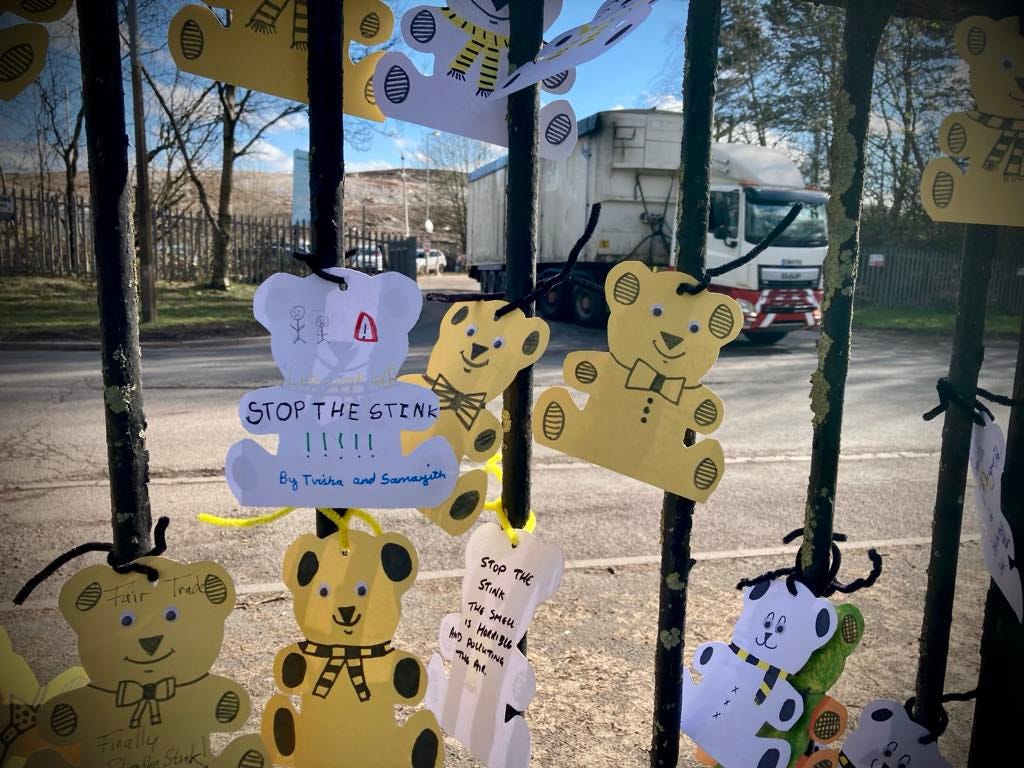Life near the 'intensely nauseating' landfill quarry making people flee their homes
Inside the battle against Walleys Quarry as firm behind the landfill prepare to fight Environment Agency closure notice
When residents near a controversial North Staffordshire landfill heard the Environment Agency (EA) had issued a closure notice for the site, they hoped their battle against years of foul odours and health concerns might be nearing an end.
However, during Christmas week, families in Si…





